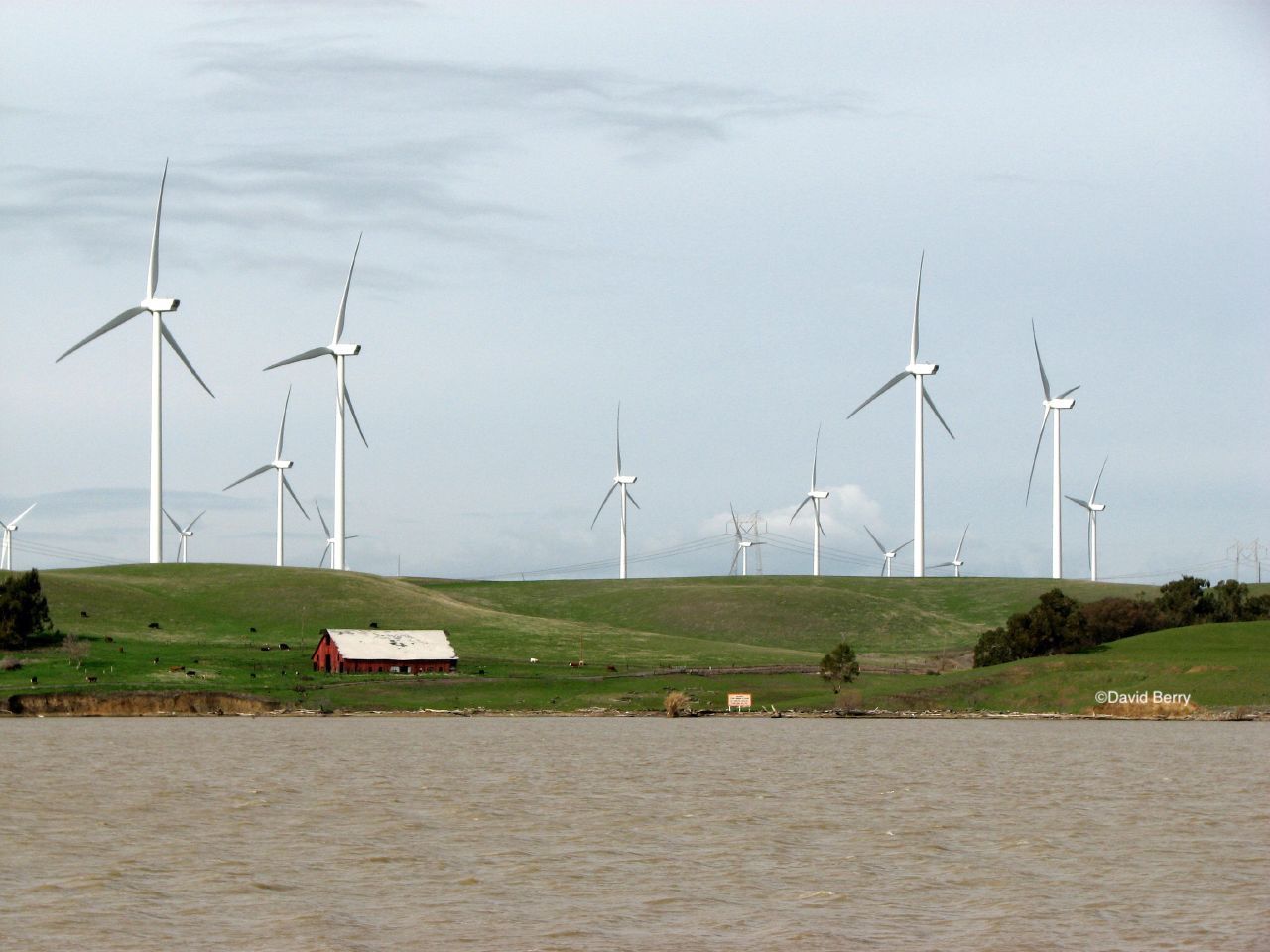Wind farms will supposedly produce 25% (or 25 gigawatts, which would be enough power for 25 million homes) of California’s electricity after the state completes its 2045 transition to an energy grid free of fossil fuels and nuclear power. As the Times story indicates, there are zero offshore wind turbines in California. That leaves a great deal of work to be done over the next two decades, and there’s little reason to be optimistic that a state that can’t build a high-speed rail will be able to site offshore wind turbines on an industrial scale within the deadline that’s written in the law.
Not only does California not have a single offshore wind turbine, the type of equipment it needs – 24 of those 25 gigawatts will have to come from floating rather than fixed offshore platforms due to extreme depth of the sea floor just a few miles from the coast – are technological curiosities. There are only a few of them in the world, and they generate, according to the MIT Technology Review, “relatively little power.” Floating wind turbines are “a speculative and very costly technology,” and they complicate what the periodical calls “a daunting geological challenge.”
As for floating offshore wind being “very costly,” wind power in general is exorbitantly expensive. At $1.04 per megawatt hour, it carries the highest “levelized cost of electricity” – which “refers to the estimated revenue required to build and operate a generator over a specified cost recovery period” – “and levelized cost of storage for new resources entering service in 2027,” according to the U.S. Energy Information Administration.
Not even a week after Newsom announced his arrangement with lawmakers, the media reported that “the world’s largest offshore wind farm developer is preparing to walk away from U.S. projects.” Why did this happen? Apparently there’s a financial crisis unfolding in the offshore wind industry. Even with government subsidies, the cost is still so high it’s scaring off crony capitalists.
“Electricity from wind is not cheap and never will be,” author and science writer Matt Ridley recently wrote in the London Telegraph. “The latest auction of rights to build offshore wind farms failed to attract any bids, despite offering higher subsidized prices. That alone indicates that wind is not cheap or getting cheaper.”
Events continue to throw up hurdles ahead of California’s manic drive to decarbonize its electricity grid. At times, it seems that rational thinking takes hold. Already the state has extended the lives of several natural gas power plants and California’s remaining nuclear facility (which produces CO2-free electricity but is nevertheless on the green hit list).
Yet there’s never talk of resetting the green targets, which are recklessly ambitious. Unless those are altered to more reasonable timelines, officials can look forward to a future of apologizing for blackouts, because there won’t be enough renewable energy to meet the demand.
Kerry Jackson is a fellow with the Center for California Reform at the Pacific Research Institute.

